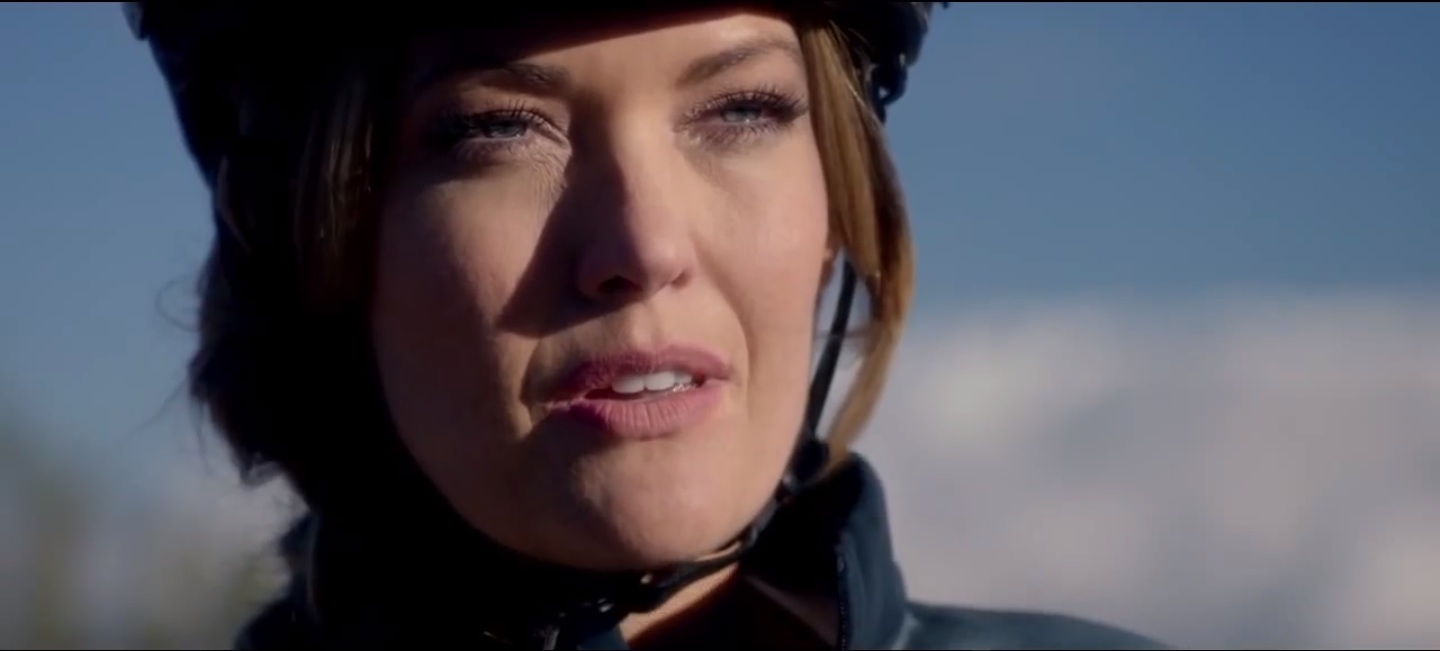This year’s Super Bowl commercial lineup was a departure from the usual, to say the least. While the majority of brands turned heads by abandoning the usual “sex sells” adage in favor of more sobering messages (some maybe a little too sobering), both Toyota and Microsoft took it a step further by featuring people with disabilities in their multimillion-dollar ads. But while the ads proved popular with mainstream Super Bowl viewers, many viewers with disabilities themselves shook their heads.
Early in the game, Toyota featured superstar Paralympian Amy Purdy, who lost her legs to bacterial meningitis at 19 and now uses double prosthetics to get around. The ad for the new Toyota Camry hits viewers with quick, powerful images of Purdy snowboarding, running and ballroom dancing, while the camera focuses in on the power and efficiency of Purdy’s adopted legs.
Later in the night, Microsoft ran its own tale of overcoming adversity with a short profile of Braylon O’Neill, a 6-year-old boy who was born without several bones in his legs. O’Neill also uses prostheses to get around, which apparently work with the help of Microsoft technology. The boy’s smile is infectious, and we see him using his prostheses to run and play, even trying out golf and baseball while his parents cheer him on.
Both commercials were meant to inspire and motivate viewers with Purdy and O’Neill’s stories, but for disability activists, that’s exactly what’s wrong with the ads.
“Tired of ableist narratives that sensationalize people with disabilities as inspirational and ‘in need of repair’ to be happy,” tweeted KaeLyn Rich on Sunday night. Another user, Lia Seth, tweeted, “Inspiration porn is not okay” after the Microsoft commercial aired.
“Inspiration porn” is any meme, video or feel-good article that sensationalizes people with disabilities. Browse social media long enough and you’ll inevitably find images of disabled children doing ordinary activities, like coloring or running, usually captioned with the now-infamous Scott Hamilton quote, “The only disability in life is a bad attitude.” The disability community rejects depictions like these, because according to activists, their only purpose is to make the non-disabled viewer feel good about themselves. Inspiration porn turns people with disabilities into mere objects, placing their physical differences on display and reassuring the viewer that “If these people can live with just one leg,” for example, “I can do so much more without a disability.”
We’re drawn to inspiration porn like this because it comforts us. The idea that anyone can be suddenly diagnosed with bone cancer or get into a car accident and break their spine is terrifying; it reminds us of our frailty and, ultimately, our mortality. But when we see people like Purdy and O’Neill with smiles on their faces and winning Paralympic medals, disability doesn’t scare us as much.
What’s wrong with that, you ask? The late social justice activist Stella Young first called out inspiration porn in 2012, when she wrote a controversial article for the Australian Broadcasting Corp. In the article, which she called “We’re Not Here for Your Inspiration,” Young writes: “Let me be clear about the intent of this inspiration porn; It’s there so that non-disabled people can put their worries into perspective…It’s there so that non-disabled people can look at us and think ‘well, it could be worse… I could be that person.’”
In other words, inspiration porn paints people with disabilities as nothing more than modern-day Tiny Tims—pitiable people who help us put our own problems into perspective while making us smile with their courageous outlook on life. The problem with this is twofold: It not only assumes that disability automatically equals hardship, a tragedy that must be overcome, but it also incorrectly assumes that disability can actually be overcome with a smile and a little bit of determination.
The reality is that disability is a social experience, not simply a medical impairment or disorder. While a person can be born with a congenital condition, like muscular dystrophy, for example, they aren’t truly disabled until they enter a world filled with stairs instead of elevators, or workplace discrimination that prevents them from getting a job. Civil rights legislation like the Americans With Disabilities Act of 1990 and the United Nations Convention on the Rights of Persons With Disabilities (which every major nation has ratified except for the U.S.) are crucial to the lives of people like Purdy and O’Neill. However charming their smiles are, they could never be enough to overcome the oppression that disabled people face.
So while Super Bowl 49 viewers closed out the night with a warm-and-fuzzy high from watching people with disabilities thrive, they’re still just as likely to shrug off the importance of accessible parking or Social Security benefits that act as a lifeline for Americans who are still barred from work.
Just as this year’s Super Bowl was a small win for feminism, the ads that featured O’Neill and Purdy at least represented a rare moment of representation for disabled viewers, and that shouldn’t be ignored. But as feminists and other diversity-minded viewers look forward to next year’s event to see if it will bring the same amount of progress, people with disabilities are also hoping that Super Bowl 50 will again share their stories. But this time, the whole story.

